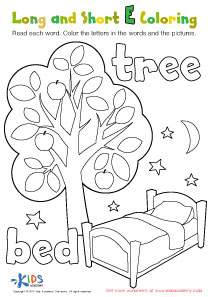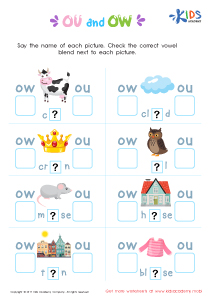Vowel Recognition Vowel Diphthongs Worksheets for 7-Year-Olds
3 filtered results
-
From - To
Help your 7-year-old master phonics with our engaging Vowel Recognition and Vowel Diphthongs Worksheets! Specially designed for young learners, these worksheets make vowel identification and understanding diphthongs fun and interactive. Bright visuals and easy-to-follow exercises keep children motivated while honing their reading skills. Each worksheet focuses on vowels like ‘ai,’ ‘oi,’ ‘ou,’ and blends, helping develop critical language abilities that form the foundation for fluent reading. Perfect for classroom use or at-home learning, our worksheets offer a comprehensive approach to recognizing vowels and diphthongs, ensuring your child’s success in early literacy.
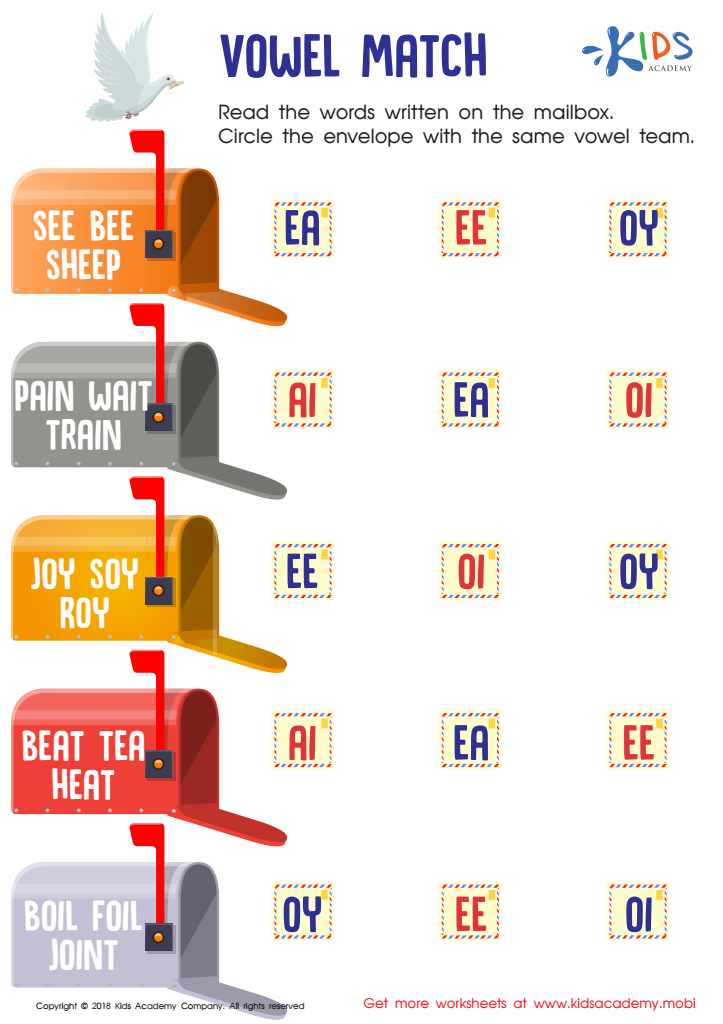

Vowel match Worksheet
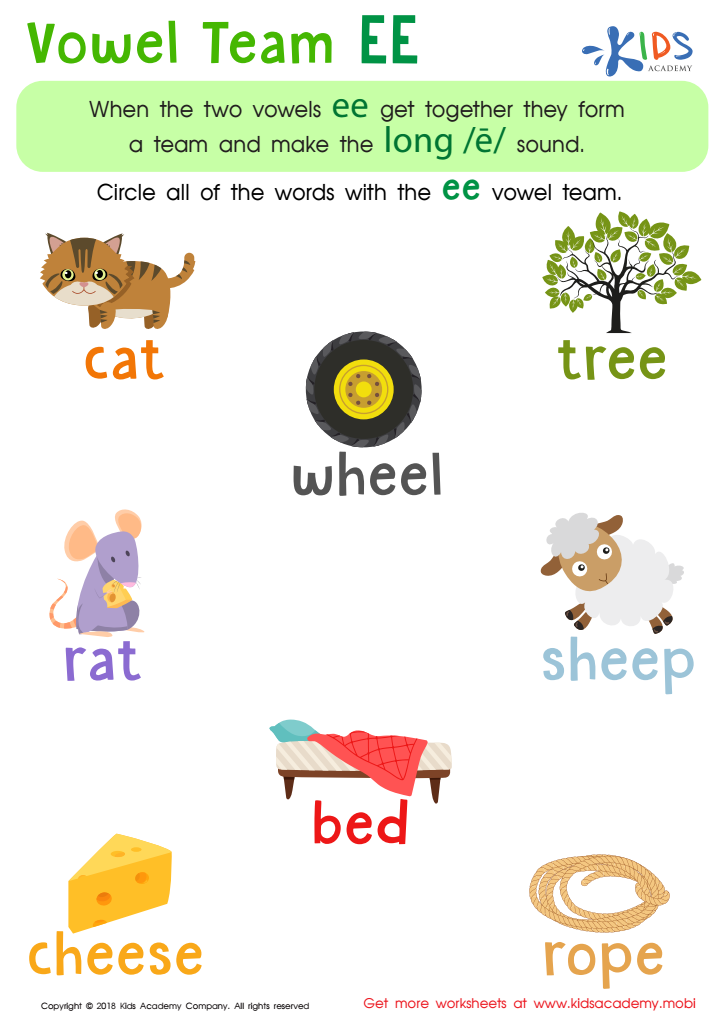

Reading: Vowel Team EE Worksheet
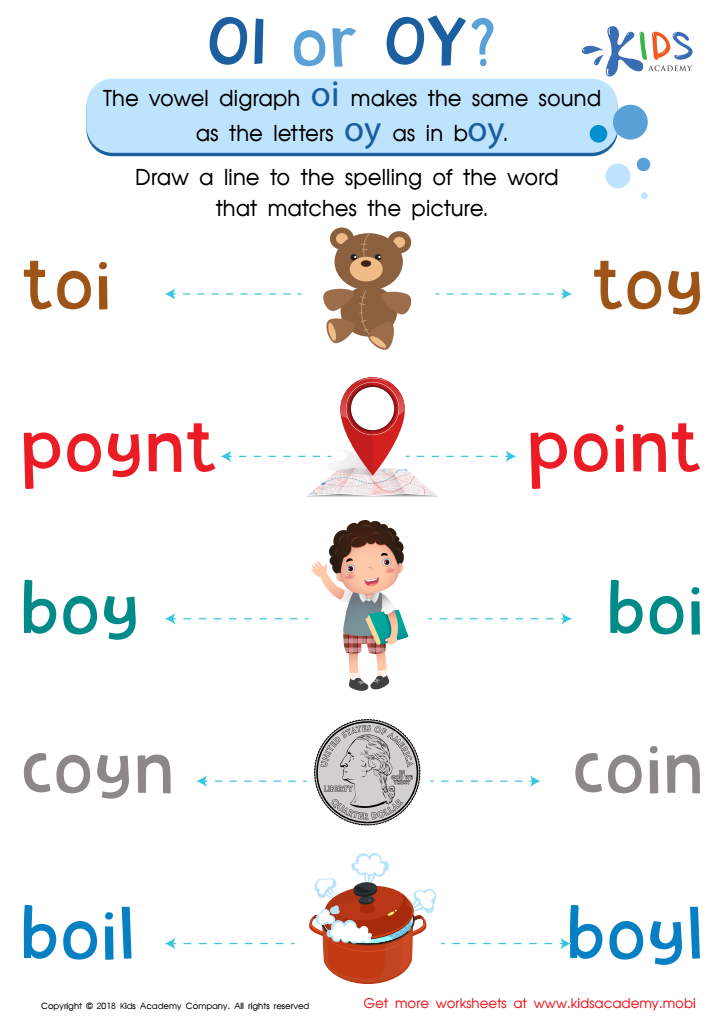

Reading: OI and OY Worksheet
Ensuring 7-year-olds have a good grasp of vowel recognition and vowel diphthongs is critical for their literacy development. Vowels are the heart of English words, contributing to syllable formation and sound structuring, which are foundational to reading and writing skills. Recognizing different vowel sounds helps children decode words more accurately, enhancing their reading fluency.
Vowel diphthongs—complex vowel sounds comprising two elements in a single syllable, like "oi" in "boil" or "ou" in "found"—are crucial in this learning phase because they introduce young learners to more nuanced phonemic combinations. Mastery of diphthongs expands a child's phonological awareness, assisting in better spelling, improved reading comprehension, and more articulate speech. As seven-year-olds are in a pivotal stage of language acquisition, struggling to decode vowel sounds can lead to reading difficulties, affecting overall academic performance and lowering confidence.
Teachers and parents should integrate engaging activities such as phonics games, reading practice, and interactive pronunciation exercises to aid vowel and diphthong recognition. Early intervention ensures children build a robust linguistic foundation, fostering a positive, life-long relationship with reading and writing. In doing so, adults are not only nurturing competent learners but also empowering children to fully express themselves and thrive academically.

 Assign to My Students
Assign to My Students




